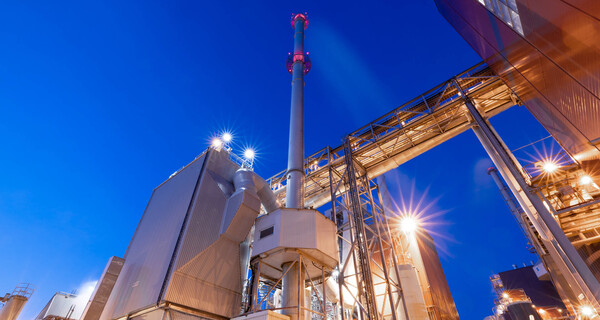Waste incineration is often regarded as the end of the line for materials, even though it is far from it. In addition to energy, also the ash, metals, minerals, and salts that are left from the incineration can be recycled. For example, bottom ash can be used as excavation material and metals can be returned to the circulation of raw materials. With hazardous waste, the goal is to remove dangerous materials from the circulation entirely.
Carbon storage is not enough – here’s how we utilise it
A remaining downside is the flue gases born in the waste incineration process, of which around 10% are composed of environmentally harmful carbon dioxide. There have been different solutions for capturing emissions in the past decades, such as carbon capture and storage (CCS). It is good to keep in mind that CCS is a linear solution that does not tackle the source of the problem in many cases, the CO2 emissions caused of using fossil raw materials. Mere storage is problematic, however: it demands continuous expansion of the storage capacity, and it also does not result in new solutions that could replace the current fossil-based materials.
Our solution – Carbon2x – for carbon capture and utilisation (CCU) is a new way of recycling where the carbon already found in the waste is repurposed as a new raw material such as plastic. Our aim is to improve the recycling of materials and reduce the emissions born from waste incineration, while also offering a new alternative for conventional plastics that has many issues related to its production and use.
Turning captured CO2 into new materials
Carbon2x was kickstarted three years ago and it has taken huge leaps forward from the beginning when we were still figuring out whether the method would even be technically possible. At the moment, we are in the second phase of the project where we will be piloting the production process of the plastic all the way from capturing the CO2 to making the end-product. The first plastic samples are expected to be ready in 2024. Commercial operations to produce the material at Riihimäki might begin by the end of the decade.
The potential of Carbon2x is much bigger than just one plant, however. In Europe alone there are 500 waste incineration plants. If all of these plants would adopt a similar system, it could help reduce the need for virgin plastic production – while simultaneously promoting recycling and developing new materials from CO2. There is still a long way to go, but with the Carbon2x pilot we are already well underway.
